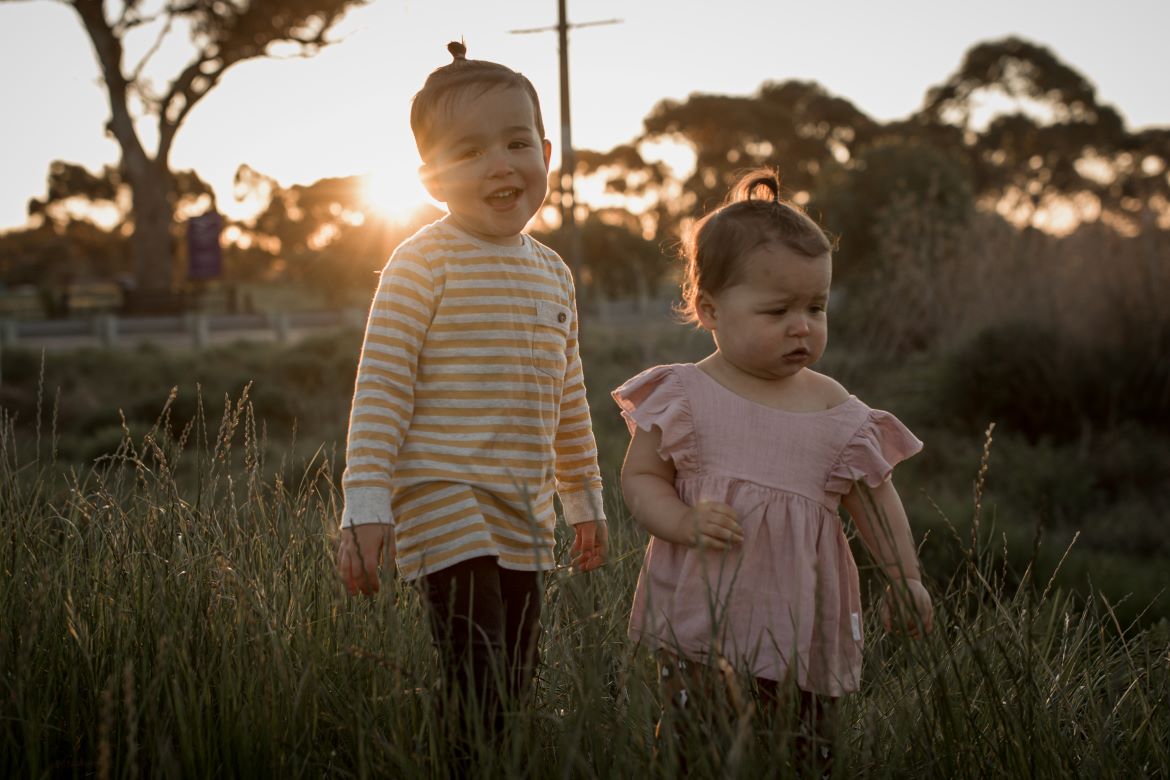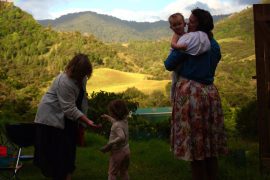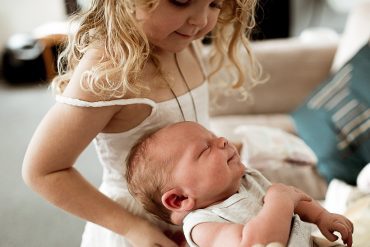By Sarah R. Moore
In this interview excerpt, Sarah at Dandelion Seeds Positive Parenting discusses with Dr. Laura Markham of Aha! Parenting how to raise peaceful siblings and avoid the comparison trap.
If you’d like to see the full interview, which covers the lifespan of nurturing the sibling bond from pre-birth through adolescence, you can view it here.
Raising Peaceful Siblings
Hello! I’m Sarah from Dandelion Seeds Positive Parenting, and today I’m speaking with Dr. Laura Markham of Aha! Parenting about raising peaceful siblings: ones for whom conflict is low and affection is high. Dr. Markham is the best-selling author of three books, including “Peaceful Parent, Happy Kids” and its associated workbook, and our topic for today, “Peaceful Parent, Happy Siblings,” which I absolutely love when it comes to the relationship that we’re trying to foster among the children in our homes.
Let’s talk about raising peaceful siblings now that our kids are a little older. We realise they really have some big personality differences.
How can we as parents avoid getting into the trap of “labeling” kids based on our perceptions of them – the shy one, the brave one, the smart one, whatever?
It would be hard to raise peaceful siblings if the kids feel pigeonholed.
Avoiding Labels to Raise Peaceful Siblings
Well, I think when you said our perceptions, you’re correct.
It really starts with our perceptions because whatever we perceive and conclude as our belief system, will eventually come out of our mouths, right? And they will get that.
Even if you have only one child, I think you’d want to avoid labeling them. I don’t think you’d want them to think, “Oh, I’m shy,” whether it’s one child or three and they’re the shy one, right?
We don’t need to be doing that labeling. But we know that even though we have opinions about our one child, it’s tougher when there are two in stark contrast, as they always are. There is a contrast even if they’re identical twins. We’ll be like, well, they’re identical twins, but she’s the feisty one or whatever, right?
We’re always going to be comparing. That’s a natural thing to do as a parent. So I think it’s important to remind ourselves, “This is a whole child. This is the whole human being and yes, she’s different than her sister in this way. She’s doesn’t walk into a room and immediately start discussion with a stranger. She hangs back and watches to see what’s safe. And she has other things that she does where she may be watchful and considering and observant, right? So it’s not just that one.
You wouldn’t say “shy.” You would say, “Oh, hmm. This one – this one really pays attention to her environment.” So now you’ve just reframed it into something positive. But you’re not going to then turn to the other and say, “Oh, she just goes in and runs roughshod over everything,” right? You’re going to try to see who they are in their wholeness. And appreciate that.
A weakness is generally the flip side of a strength. If you’ve got a kid who’s stubborn as all get-out, that’s a strong-willed child. They’re not easily influenced by their peers. That’s a good thing. You can always reframe the negative to see the positive, because it, in fact, is always the same. It’s a flip side of the same trait.
Dr. Laura Markham on raising peaceful siblings
If we see the whole child, we’re less likely to think of it as negative. That would be the important first step for the parent.
The second step is, sure your kids are different, but it’s the whole child that’s different. We’re not just deciding this one trait is the thing we’re looking at, right? I would actually step back from that contrast and just, if it’s something you’re unhappy about, just focus on that child – that one child with whom you’re unhappy.











